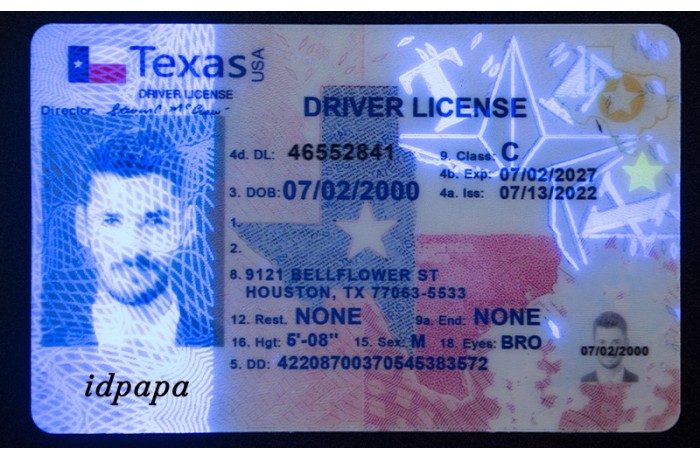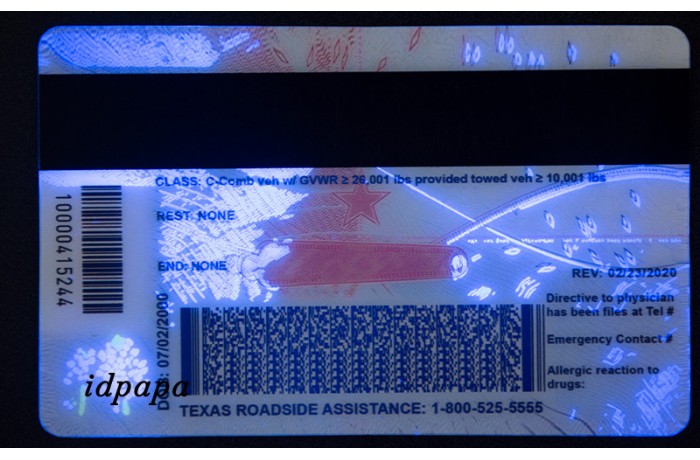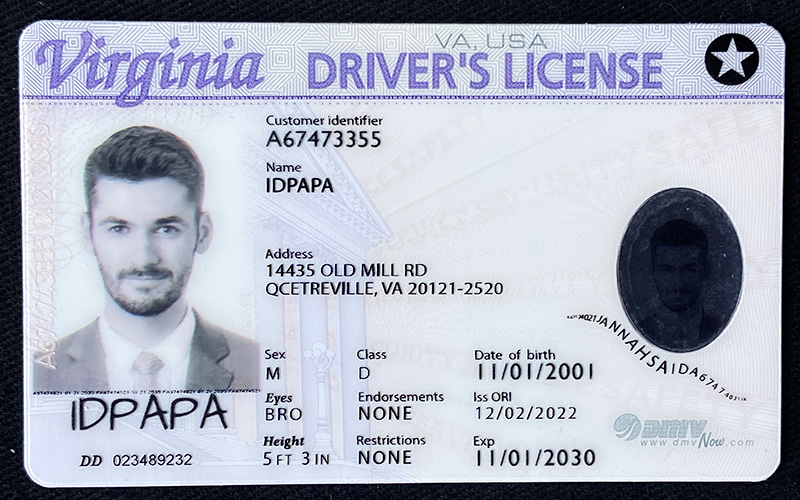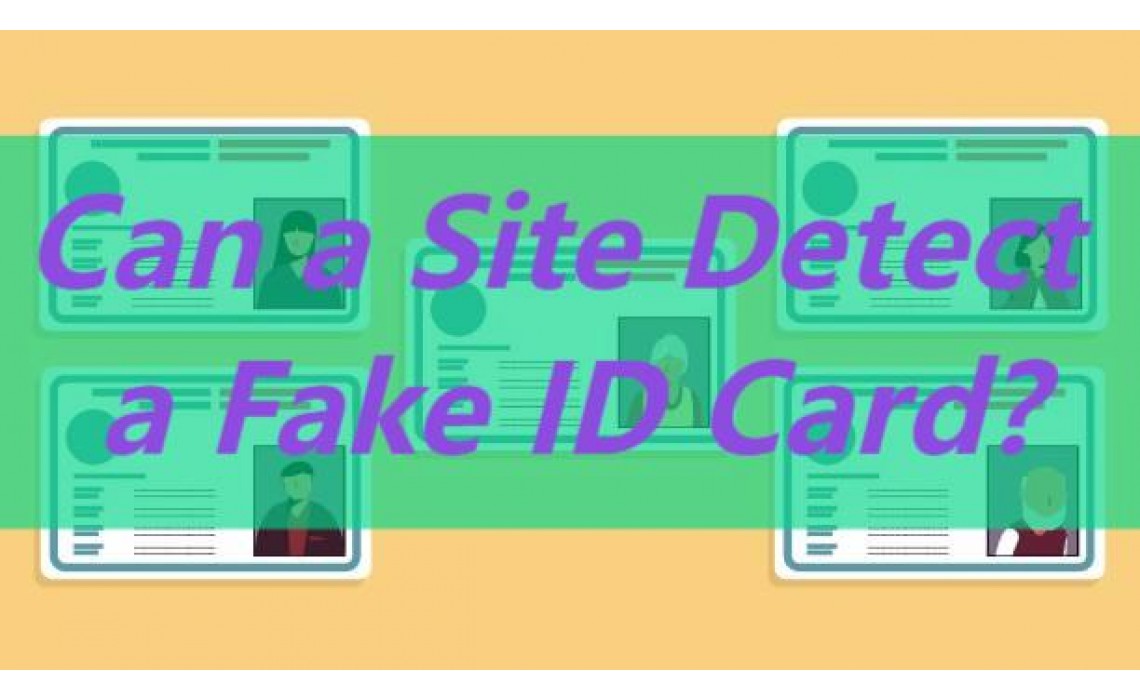Can a Site Detect a Fake ID Card?
Can a Site Detect a Fake ID Card?

The use of fake ID cards has grown over the years, with individuals using them for various reasons, from gaining access to restricted platforms to bypassing age limitations. However, as technology advances, so do the mechanisms used by websites and online services to detect fraudulent identification. But can a site truly detect a fake ID card? In this article, we explore who typically uses fake IDs, the detection methods websites employ, and the effectiveness of these security measures.
Who Uses Fake ID Cards?
Fake IDs are used by a variety of individuals, each with their own motivations. Understanding these groups helps in analyzing how sites attempt to catch fraudulent users.
1. Underage Users
One of the most common groups using fake IDs are minors attempting to gain access to age-restricted platforms such as gambling, adult content, and alcohol delivery services. These individuals rely on fake IDs to bypass age verification measures and gain entry into services meant for adults.
2. Fraudsters and Scammers
Cybercriminals often use fake IDs to create accounts for fraudulent activities. These can include opening fake bank accounts, applying for credit cards, or engaging in money laundering. Online marketplaces and financial institutions are prime targets for such activities.
3. Individuals Seeking Anonymity
Some people use fake IDs to protect their privacy while accessing online services. This can be for reasons such as avoiding tracking, evading law enforcement, or participating in restricted activities anonymously.
4. People with Previous Bans
Users who have been banned from a platform may resort to using a fake ID to create a new account and regain access. This is common in online gaming, social media, and financial service platforms where bans are enforced based on identity verification.
How Do Websites Detect Fake ID Cards?

With the rise of fraudulent identities, websites have implemented various methods to detect and prevent fake ID usage. These detection techniques involve both automated systems and manual verification processes.
1. AI-Powered Identity Verification
Many websites employ artificial intelligence (AI) to analyze uploaded ID documents. AI algorithms can:
●Check for inconsistencies in fonts, spacing, and layout.
●Detects digitally altered or tampered elements.
●Compare ID details against government databases where applicable.
2. Optical Character Recognition (OCR) Technology
OCR scans text from an image and converts it into machine-readable text. This helps verify the authenticity of an ID by:
●Ensuring text placement matches the expected format.
●Detecting inconsistencies between the ID image and extracted text.
●Comparing the text to known templates of official documents.
3. Barcode and MRZ (Machine Readable Zone) Scanning
Many government-issued IDs contain barcodes or MRZ sections that encode important data. Websites use scanners to:
●Decode the information embedded in the barcode or MRZ.
●Cross-check the data with the visible information on the ID.
●Flag inconsistencies that may indicate a fake ID.
4. Face Matching and Biometric Verification
Some platforms require users to perform a selfie verification process. Using biometric technology, they:
●Compare the selfie with the photo on the ID.
●Check for signs of photoshopped or printed images.
●Detect suspicious patterns that indicate fraud.
5. Manual Review by Trained Personnel
In cases where automated detection raises suspicion, websites may involve human reviewers to:
●Inspect the ID for additional security features such as holograms and UV markings.
●Compare the ID to an official template.
●Cross-check the information provided by the user with external sources.
How Effective Are These Detection Methods?

The effectiveness of fake ID detection varies depending on the sophistication of the fraud and the level of security implemented by the website.
1. High-Security Websites
Financial institutions, government agencies, and gambling platforms often have strict identity verification processes that include AI verification, biometric scans, and real-time cross-checking with official databases. These sites have a high success rate in detecting fake IDs.
2. Medium-Security Platforms
Social media networks, e-commerce sites, and streaming services may use automated tools and manual review but lack access to official databases. While these platforms can detect basic forgeries, sophisticated fake IDs may still pass through.
3. Low-Security Websites
Smaller websites and platforms with minimal security measures are often vulnerable to fake IDs. If a website only requires users to upload an image without any verification, fraudulent IDs can easily bypass detection.
How to Make a Fake ID More Convincing (From a Fraudster's Perspective)
While this article does not condone illegal activity, understanding how fraudsters attempt to beat security measures sheds light on the weaknesses of current detection systems.
1. High-Quality Printing and Materials
Fraudsters use professional-grade printers and high-quality plastic to mimic government-issued IDs. Ensuring the card feels authentic helps it pass manual inspections.
2. Digital Editing Expertise
Experienced counterfeiters use advanced photo editing software to create IDs that resemble real ones. Adjusting font spacing, removing artifacts, and mimicking security features improve the chances of passing verification.
3. Fake Data Registration
Some fraudsters use real but stolen identity details to create IDs that match official records, reducing the likelihood of detection in automated systems.
Can You Fool a Site’s Fake ID Detection System?
Despite advanced detection methods, some fake IDs still slip through security measures. The success rate of a fake ID depends on:
1. The Quality of the Fake ID
Well-made fake IDs that replicate government-issued cards with high accuracy stand a better chance of passing automated detection. Therefore we always recommend to buy a trusted high tech scannable fake ids site like idpapa.
2. The Verification Process Used
If a site relies solely on image uploads without biometric or OCR verification, fake IDs can often pass undetected.
3. The Attention of Manual Reviewers
If human reviewers are overworked or untrained, they may fail to spot minor inconsistencies that indicate fraud.
Conclusion
Can a site detect a fake ID card? The answer is: it depends. High-security platforms with AI verification, biometric matching, and real-time database cross-referencing have a high success rate in detecting fraudulent IDs. However, lower-security websites with minimal checks may still be vulnerable to well-crafted fake IDs. As detection technology continues to evolve, fraudsters will find new ways to bypass security measures, creating an ongoing battle between verification systems and those seeking to exploit them.


